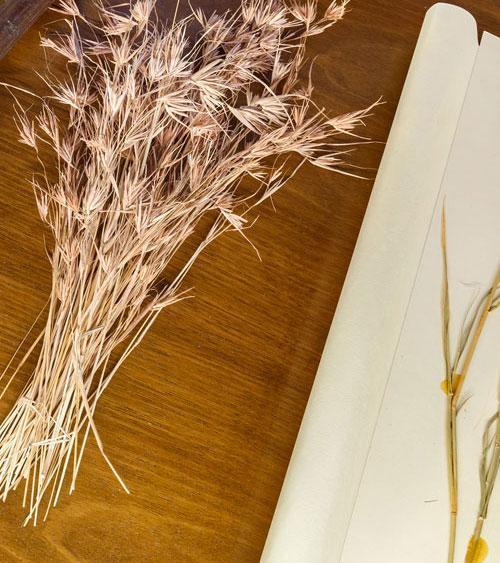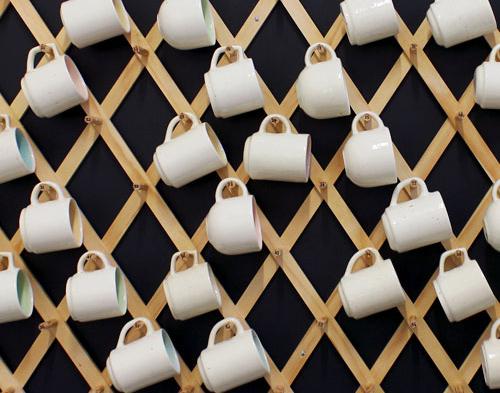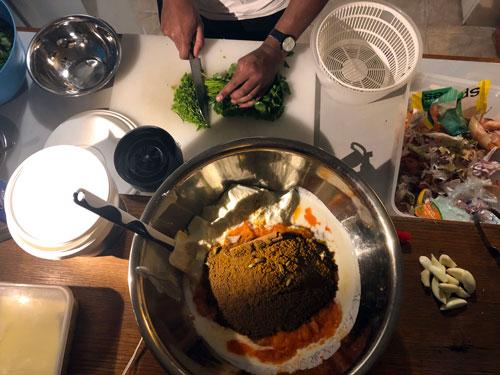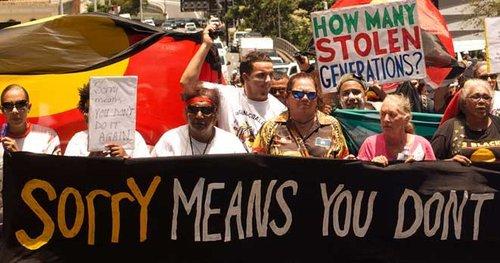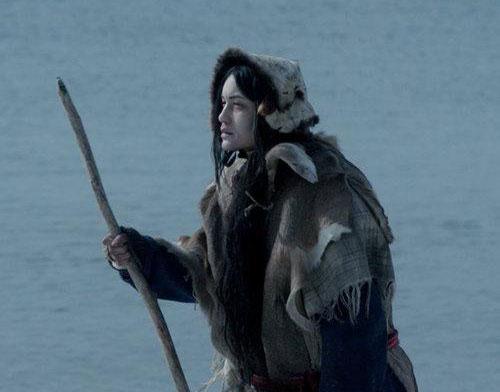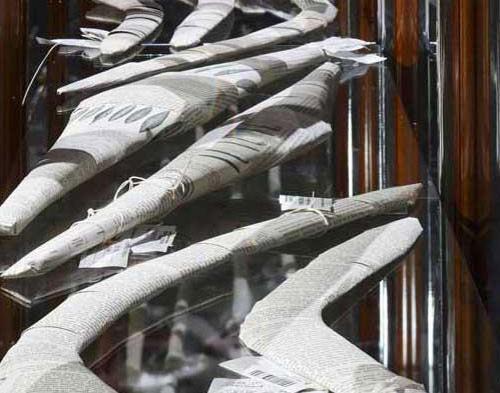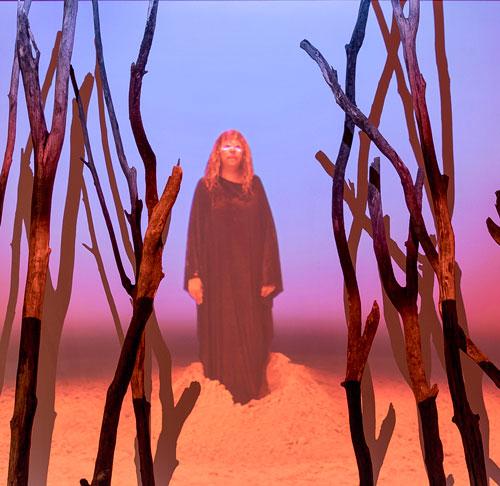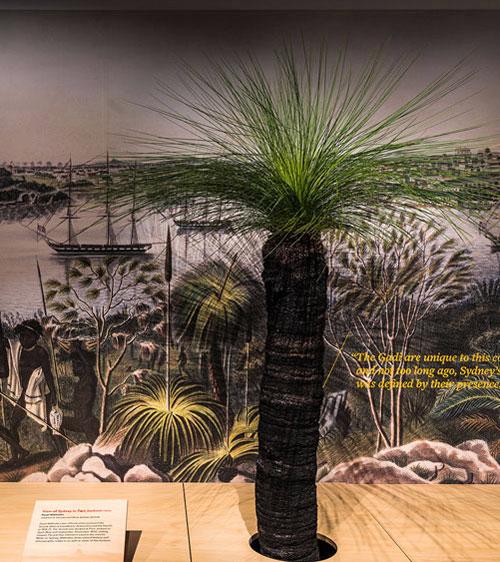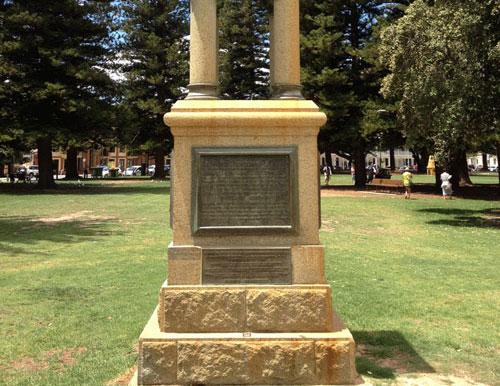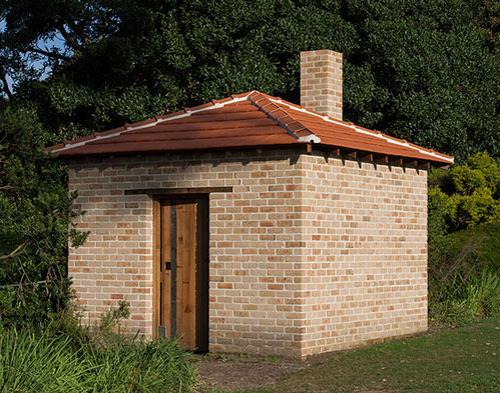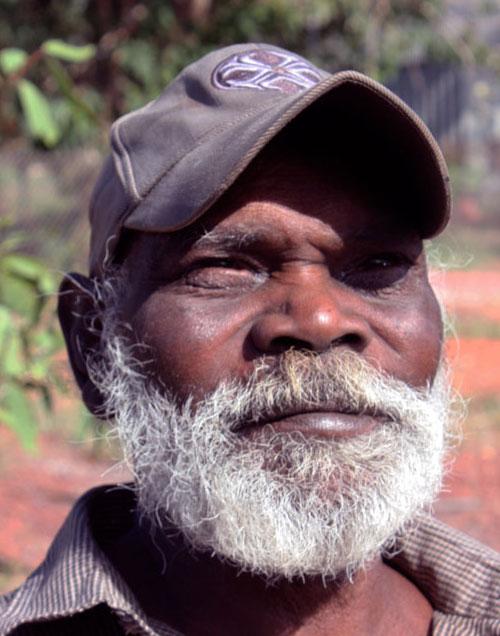Search
You searched for contributors, issues and articles tagged with Tradition ...
Contributors
Issues
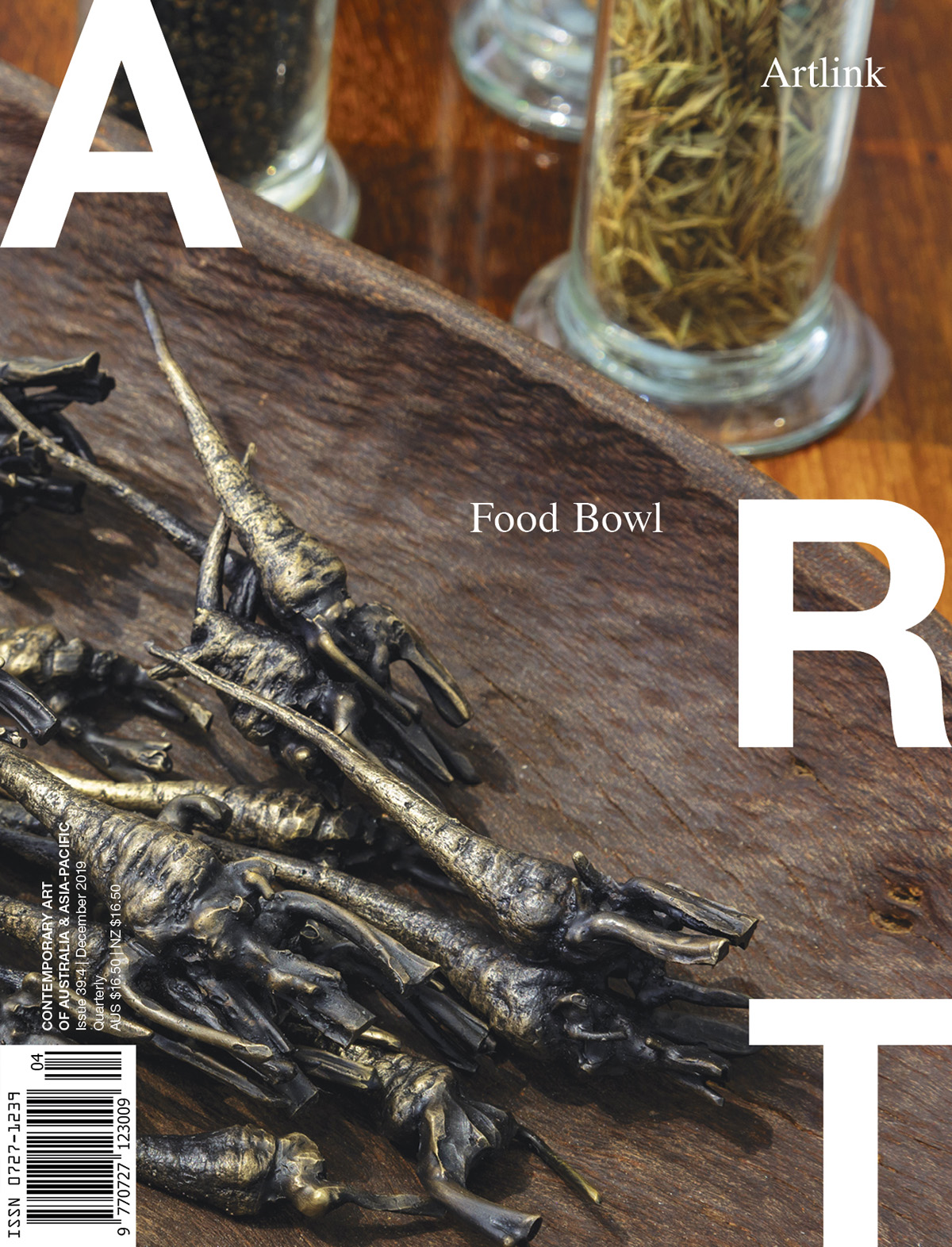
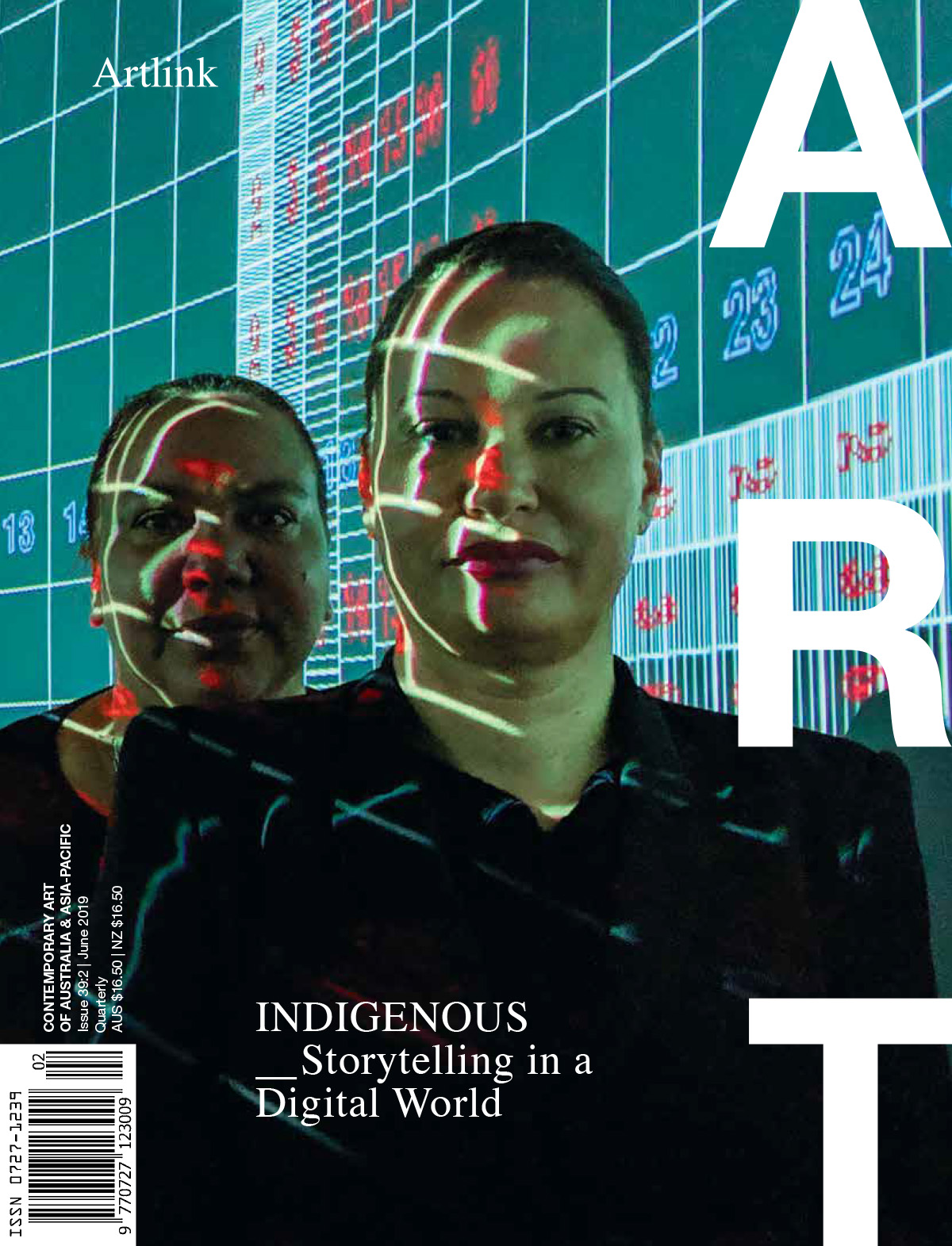
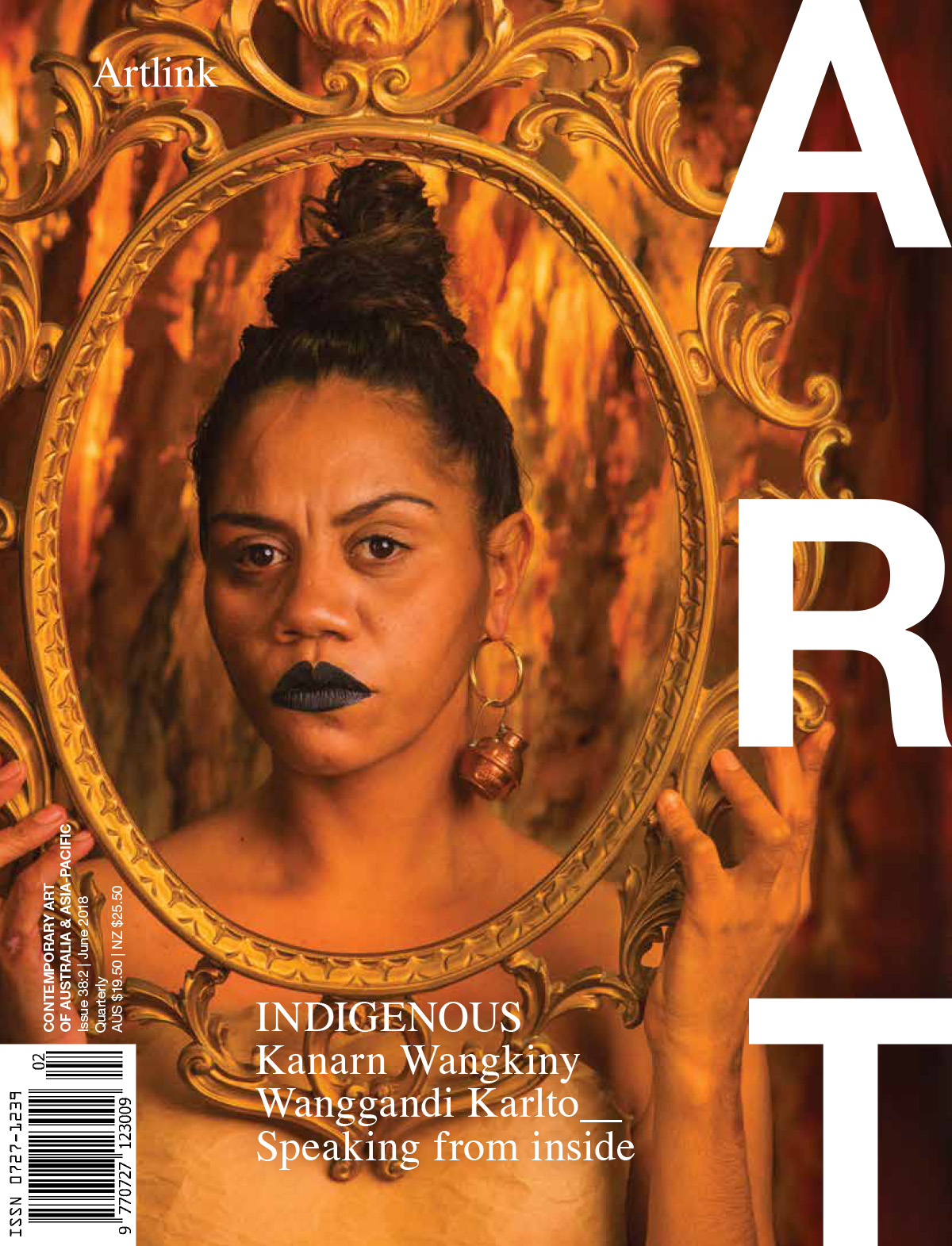
Articles

In 1906 Alfred Henry Lewis famously stated in Cosmopolitan that “there are only nine meals between mankind and anarchy.” Food has the capacity to bring us together. It is familiar, relational and cultural. But in times of conflict and scarcity, food also can be the trigger for chaos and social disruption. In a world with increasing and unprecedented ecological degradation and economic inequality in the distribution of resources, future food security is a global concern and a food fight to avoid. We are distracted, choking and bloated on choice and misinformation when it comes to food and health (our own and that of the planet).
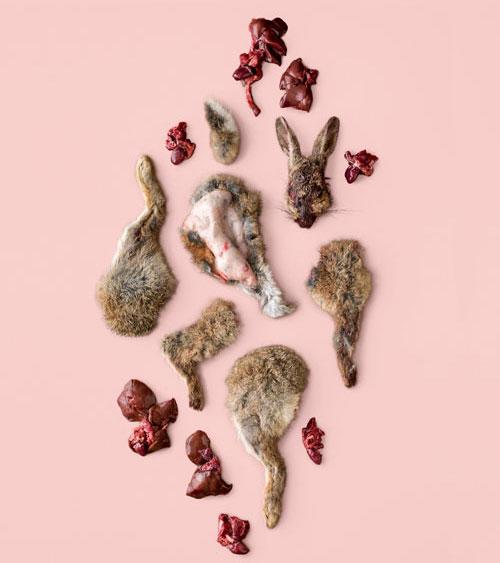
When art meets food, their offspring are often surreal. One need only look back to the ubiquitous presence in kitchens world-wide of reproductions of Giuseppe Arcimboldo’s fruity portraits or René Magritte’s iconic green apple to find triggers for this impulse.
The relationship between food and art has long dominated the world of painting, photography, literature and cinema in an often-noxious pairing of gratuitous ingestion and aesthetics, most notably in Marco Ferreri’s The Grande Bouffe (1975) and Peter Greenaway’s The Cook, The Thief, The Wife and His Lover (1989).

In conversation with Sabrina Baker
In recent years, I have worked alongside Jason Phu on a number of projects, notably My Parents Met at the Fish Market commissioned for West Space in 2017. This professional relationship became a friendship, with Jason often staying with my partner and chef Nagesh Seethiah and I on his frequent trips to Melbourne. Almost every visit would become a conversation over dinner about life, politics, family, careers, love and of course food. These are also recurring topics in Jason’s art practice.

As people walk down that little wharf towards the canoe, I hope they remember how it was back in the day and how our old ancestors used to live and survive. And I want them to think back and imagine if they can, the women out in the canoes, and what it would have looked like and how beautiful it would have looked like with the fires going and we must not forget them, our ancestors. They were some special people. Because all the thousands of years they lived here says it all. It just says it all, how powerful and strong they were. And survivors… still survivors today.
Phyllis Stewart
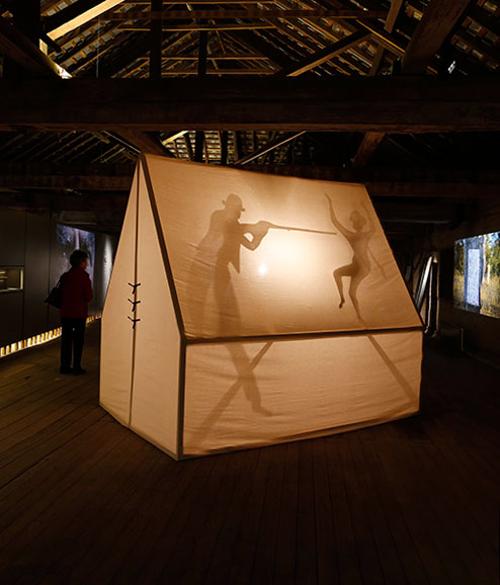
A couple of years ago I quipped to my friend Alec Coles, who had recently taken up the position of CEO at the West Australian Museum, that the spirit of terra nullius lurks beneath the floorboards of every museum and art gallery in Australia. Apparently, he has dined out on this slightly parsimonious comment once or twice since. Alec likes to raise the stakes in discussions with his colleagues about the responsibilities that history demands of them as leaders of major collecting institutions—each with its own problematic legacy in terms of respecting and representing Indigenous culture.



